
Exploring the past and how we got to the present, with a heavy focus on American History and western civilization. Retired Marine Corps combat veteran.
How to get URL link on X (Twitter) App


 Background
Background

 Early Life
Early Life

 Background to the Northwest Indian War
Background to the Northwest Indian War

 Early Life
Early Life

 Background to the War in the South
Background to the War in the South

 Early Life
Early Life

 Early Life
Early Life

 2/ Benjamin Franklin was born on January 17, 1706, in Boston, Massachusetts, to a candle-maker father, Josiah Franklin, and mother, Abiah Folger, in a large Puritan family of 17 children. Raised in modest circumstances, young Ben received little formal education, apprenticing under his brother James as a printer at age 12. His voracious reading and rebellious spirit against family strictures sparked a lifetime of self-improvement and independence.
2/ Benjamin Franklin was born on January 17, 1706, in Boston, Massachusetts, to a candle-maker father, Josiah Franklin, and mother, Abiah Folger, in a large Puritan family of 17 children. Raised in modest circumstances, young Ben received little formal education, apprenticing under his brother James as a printer at age 12. His voracious reading and rebellious spirit against family strictures sparked a lifetime of self-improvement and independence.

 2/ The war’s roots lay in Cuba’s long struggle for independence from Spain, which began in 1895 with a rebellion led by José Martí. Spain’s harsh reconcentration policies, herding civilians into camps where thousands died, fueled U.S. sympathy and “yellow journalism” sensationalism in papers like Hearst’s and Pulitzer’s. Tensions escalated when the USS Maine exploded in Havana Harbor on February 15, 1898, killing 266 sailors—blamed on Spain despite unclear causes. President McKinley, under pressure, demanded Spanish withdrawal from Cuba.
2/ The war’s roots lay in Cuba’s long struggle for independence from Spain, which began in 1895 with a rebellion led by José Martí. Spain’s harsh reconcentration policies, herding civilians into camps where thousands died, fueled U.S. sympathy and “yellow journalism” sensationalism in papers like Hearst’s and Pulitzer’s. Tensions escalated when the USS Maine exploded in Havana Harbor on February 15, 1898, killing 266 sailors—blamed on Spain despite unclear causes. President McKinley, under pressure, demanded Spanish withdrawal from Cuba.

 The War in Missouri - Divided Loyalties
The War in Missouri - Divided Loyalties

 First Manassas (July 21, 1861)
First Manassas (July 21, 1861)

 Early Life
Early Life

 The Northwest Indian War (1785–1795)
The Northwest Indian War (1785–1795) 

 2/ The Civil War (1861-1865) tops the list at about 2% of the population. With around 620,000 total deaths (Union and Confederate) and a U.S. population of ~31 million in 1860, that's a staggering toll – mostly from disease alongside battles. Recent estimates suggest up to 750,000 deaths, pushing it to 2.4%. If it were a million, as some debate, it'd hit 3%. No war has scarred America like this.
2/ The Civil War (1861-1865) tops the list at about 2% of the population. With around 620,000 total deaths (Union and Confederate) and a U.S. population of ~31 million in 1860, that's a staggering toll – mostly from disease alongside battles. Recent estimates suggest up to 750,000 deaths, pushing it to 2.4%. If it were a million, as some debate, it'd hit 3%. No war has scarred America like this.
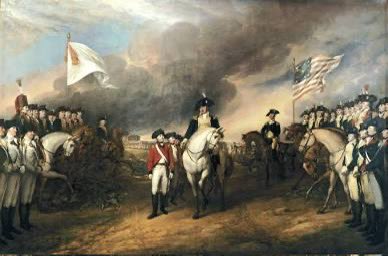
 Battle of Bunker Hill (June 17, 1775)
Battle of Bunker Hill (June 17, 1775)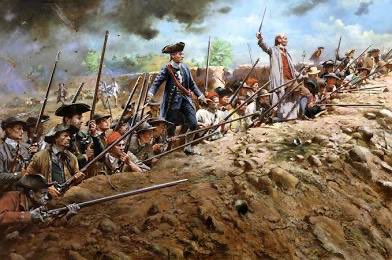
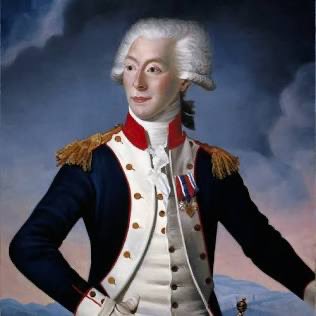
 Early Life
Early Life

 Background to the Siege of Petersburg
Background to the Siege of Petersburg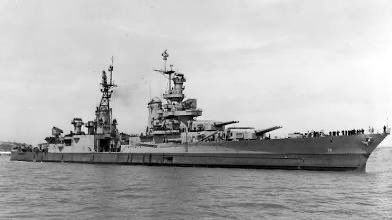
 2/ The initial sinking was chaotic: Hit just after midnight, the first torpedo blew off the bow, and the second struck amidships, causing explosions and fires. Many men were asleep; others were thrown overboard. The ship listed heavily, and with communications knocked out, no distress signal was sent – or at least, none was acted upon promptly. Survivors clung to debris, life rafts, and each other in oil-slicked waters, unaware that rescue might not come for days.
2/ The initial sinking was chaotic: Hit just after midnight, the first torpedo blew off the bow, and the second struck amidships, causing explosions and fires. Many men were asleep; others were thrown overboard. The ship listed heavily, and with communications knocked out, no distress signal was sent – or at least, none was acted upon promptly. Survivors clung to debris, life rafts, and each other in oil-slicked waters, unaware that rescue might not come for days.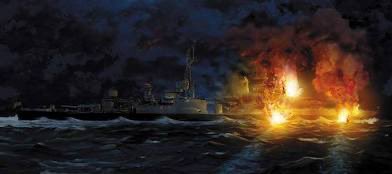

 Early Life
Early Life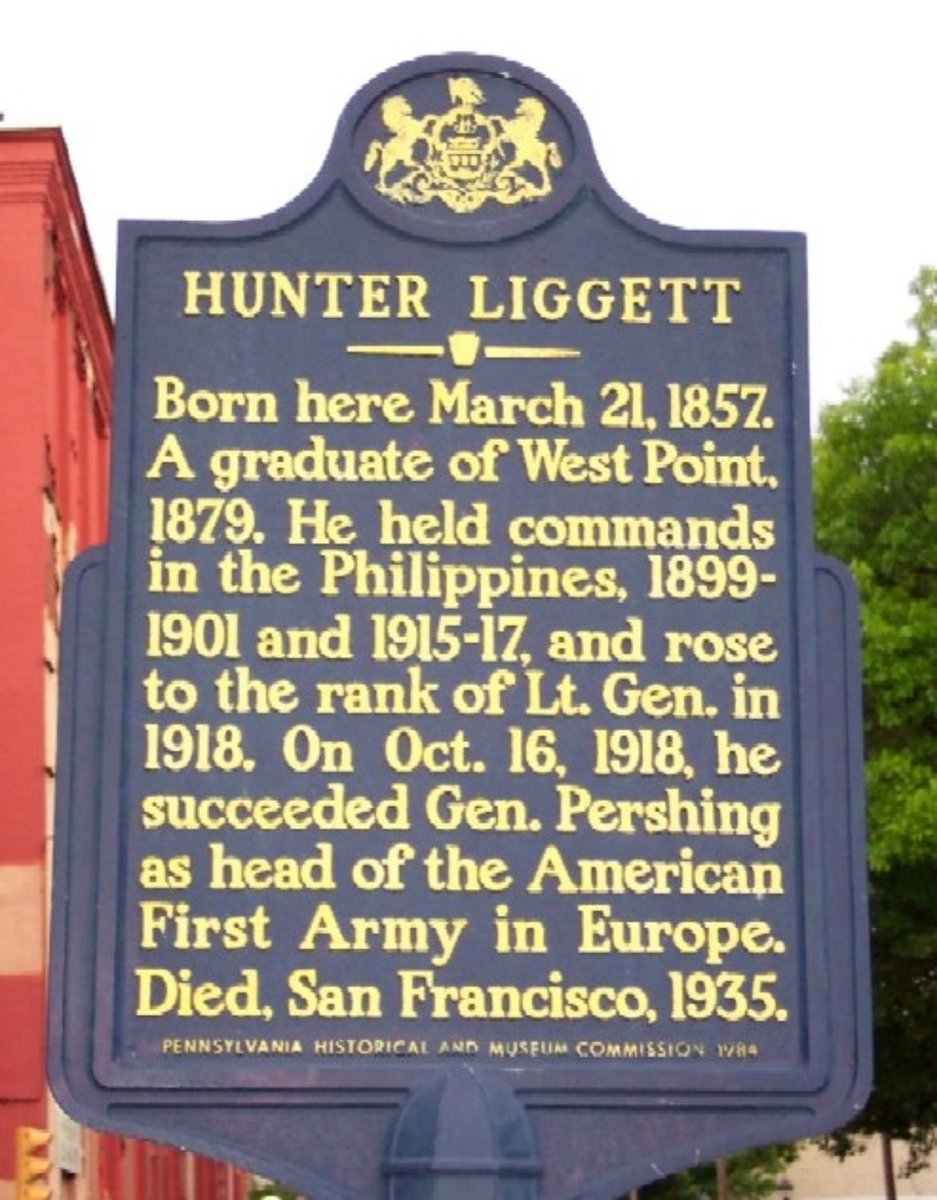
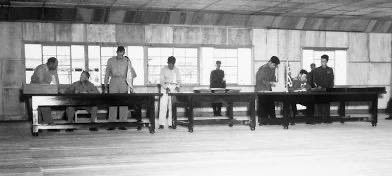
 Battle of the Chosin Reservoir (November 27–December 13, 1950)
Battle of the Chosin Reservoir (November 27–December 13, 1950)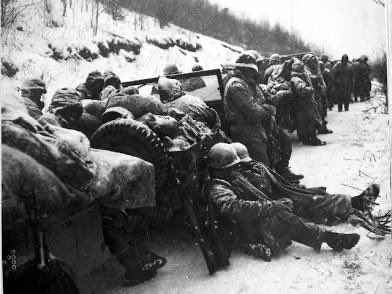

 2/ McClellan’s tenure ended on November 9, 1862, when he was relieved by Lincoln after the Antietam Campaign. Despite stopping Lee’s invasion of Maryland, McClellan failed to pursue the retreating Confederates aggressively, frustrating the administration. He was replaced by Major General Ambrose E. Burnside, a loyal subordinate known for his distinctive sideburns and prior successes like capturing Roanoke Island. Burnside reluctantly accepted, inheriting an army eager for action but soon leading it into the disastrous Battle of Fredericksburg in December.
2/ McClellan’s tenure ended on November 9, 1862, when he was relieved by Lincoln after the Antietam Campaign. Despite stopping Lee’s invasion of Maryland, McClellan failed to pursue the retreating Confederates aggressively, frustrating the administration. He was replaced by Major General Ambrose E. Burnside, a loyal subordinate known for his distinctive sideburns and prior successes like capturing Roanoke Island. Burnside reluctantly accepted, inheriting an army eager for action but soon leading it into the disastrous Battle of Fredericksburg in December.